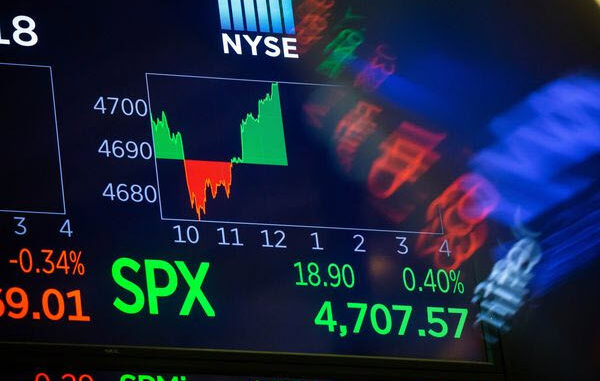
American credit card debt continues to rise at a robust pace, worrying analysts as the Federal Reserve appears set to shift into an even more aggressive policy stance.
There was an 11.6% increase in revolving consumer credit in July, according to data from a Federal Reserve report. That brought the total outstanding debt up to $1.137 trillion, a record high. While growth was not at the blazing 16.8% increase seen in June, it is still a worryingly high rate of growth.
Economists worry that as the Federal Reserve continues to hike interest rates, the interest rates on those credit card debts will rise, given how credit card rates historically rise in lockstep with the Fed funds rate.
In the second quarter, credit card balances rose $46 billion according to an August report by the Federal Reserve Bank of New York. That marked a 5.5% increase over the first quarter, and a 13% year over year increase – the largest annual gain in over 20 years.
Americans opened an additional 233 million new credit card accounts in the second quarter, which was the most since 2008.
According to a Lending Tree survey that polled more than 1,000 U.S. consumers, 2 in 5 Americans are expected to add debt between now and the end of the year, and 22% of that debt is expected to go on credit cards.
Against that backdrop, following a hotter than expected inflation report, the Federal Reserve now looks set to implement its third consecutive 75 basis point rate hike, and some economists think it may chose a full 100 basis point hike at the next FOMC meeting. This is likely to herald a more aggressive policy mood going into the rest of the year and all of those rate hikes will make the debt consumers incur more expensive.
Normally credit card interest rates increase 30 to 45 days following a Fed rate hike. Average variable credit card interest rates are now 18.03%, which is up from 16.1% in June. As the Fed raises rates, so too will that rate rise.
That is already a high interest rate for consumers who are already struggling with their finances, and being forced to use credit cards to pay bills. According to a Lending Tree Survey in July, consumers with credit card debt attribute it most commonly to necessities (30%), emergencies (26%), and health or medical issues (25%).
Experts recommend that if you are carrying a balance on credit cards, you should look to transfer the balance to a low-rate card first. Experts recommend a balance-transfer card with a one time 3-5% fee on the balance you are transferring, but a 0% interest rate for up to 21 months.
Once that is set up, set up automated monthly payments from your checking account for recurring bills on your cards, even if only making the minimum payment to avoid late fees. Then try to pay more than the minimum whenever possible to begin paying off the principal, and reducing your debt load.
The Daily Financial Trends
